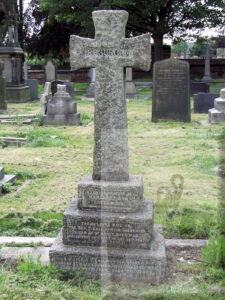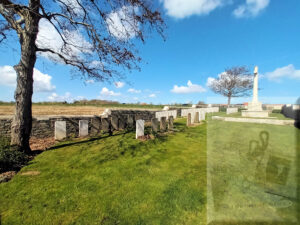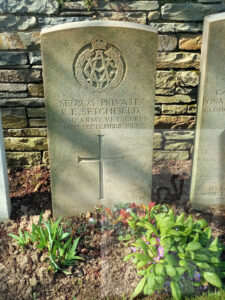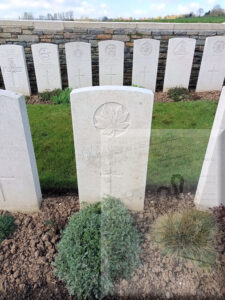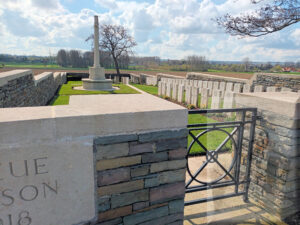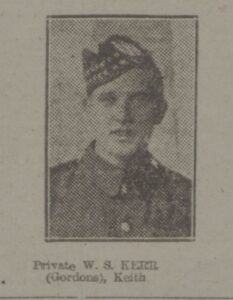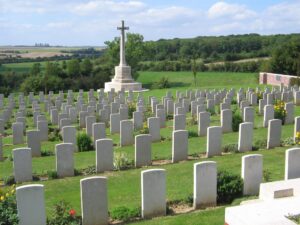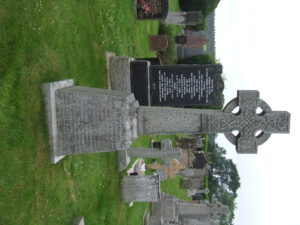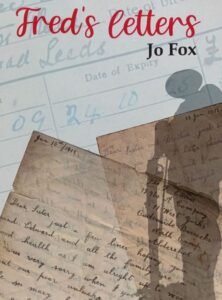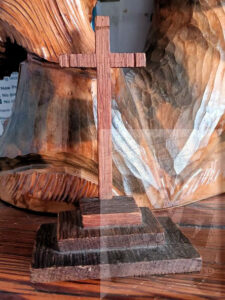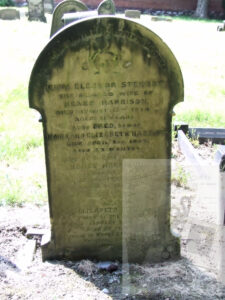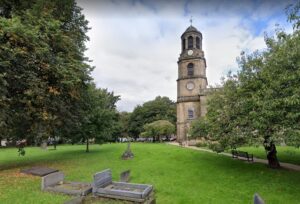UK, Royal Mail Pension and Gratuity Records, 1860-1970
I am always pleased when Ancestry of FindMyPast add new collections to their portfolio, and their latest is quite interesting. Like many other researchers, I always put my family names in the surname search area to see who can be found in their index. This new collection was no exception. I searched for the surnames Riach and Siddle and came up with only a few Riach people, but more Siddle’s – more research is needed.
What is this collection? The UK, Royal Mail Pension and Gratuity Records, 1860-1970. The record set covers a good number of years, and you will be able to find a surname of interest.
A young man named Frederick Bartholomew Rabey (Ancestry have him indexed as Rahey – when you look at the typed original document, the bottom part of the ‘b’ has not scanned well).
The document is headed ‘Application for Gratuity to the Legal Personal Representatives of a Deceased Civil Servant Under Section 2 (1) of the Superannuation Act. 1909. ‘ From that heading, you can deduce that Frederick Bartholomew Rabey has died. According to FreeBMD, he died on March ¼, 1918, in Wakefield, aged 31.
According to the scanned image, Frederick was born on 22 July 1886 and worked as a postman for seven years and two months with a salary/wage of 27/- per week (70 8s 6d per annum). He had a boot allowance of £1 1s. His uniform was valued (estimate) at £2 7s 6d, and Sunday pay worked out on average at £5 10s 7d. Totalling £79 7s 7d on which the gratuity is based.
The reverse side of the document tells that Frederick was appointed to the Post Office in 1909 and worked in Rotherham (30 March 1910). And for the London Postal Service (8 January 1915) and Wakefield (26 March 1916).
More helpful information included on the form is that Frederick received an Army Pension of 16/6 a week. So, he served in the Army for some time. That information will wait for a moment. He died on the 7th of January 1918 as a result of Pneumonia. The Post Office statement said that Frederick discharged his duties with diligence and fidelity to the satisfaction of his superior officers by command of the Postmaster General.
And so, on March 4, 1918, John Bradbury (of the Treasury Department) signed a document to give Frederick’s legal personal representatives a gratuity of £79 7s 7d.
Although he made Wakefield his home, Frederick was born in Smithfield, London. He attended several schools but was removed from education after his mother died in 1899.
When Frederick enlisted in the Dorsetshire Regiment at age 18 in 1904, he listed his occupation as a Pawnbroker’s assistant.
With a fresh complexion, hazel eyes and brown hair, would you recognise the 5′ 5½” tall Frederick as he walked down the street? He was placed on the Army Reserve list in 1907 and discharged in 1914 as ‘physically fit for War Service’.
In 1912, Frederick married Annie Brooks in The Congregational Church, The Green, Ossett, and they made their home in Ossett.
Frederick was taken off the Reserve List and became part of the British Expeditionary Force, entering France on the 16th of August 1914 and saw action in the Battle of Aisne when he received a shrapnel wound to the left elbow. He returned to England to be hospitalised (possibly Netley Hospital), which resulted in his left arm being amputated. As he was no longer physically fit, he was given a Silver War Badge to show the public that he had been a soldier and was discharged due to illness or disability. Along with his SWB, he was entitled to the 1914 Star and the British and Victory Medals.
His wife, Annie, lived at 1 Storrs Hill Road, and after Frederick’s death, she received half of his military pension.
Annie married for the second time in June 1920 – in the same church- to Ewart Brook, a 29-year-old widower who worked as a farm labourer. Annie’s re-marrying would mean losing her first husband’s Military Pension.
Annie died in 1962, followed by Ewart in 1973.
Ancestry also has the UK Postal Service Appointment Books, 1737-1969, which may also be worth examining.
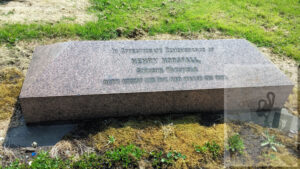 A granite memorial in shades of pink, white and grey – a solid structure yet simple in its design and wording ‘In Affectionate Remembrance of Henry Horsfall, Surgeon Wakefield. Born August 20th 1817. Died March 13th 1898.’
A granite memorial in shades of pink, white and grey – a solid structure yet simple in its design and wording ‘In Affectionate Remembrance of Henry Horsfall, Surgeon Wakefield. Born August 20th 1817. Died March 13th 1898.’
